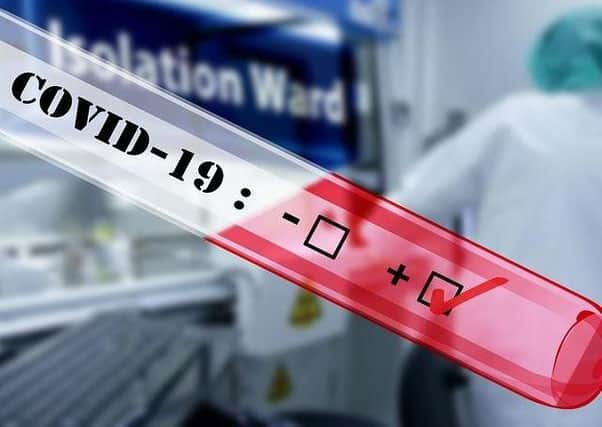Government explains why Peterborough will move into Tier 2 Covid restrictions


The city will join the whole of the Cambridgeshire region in the ‘High risk’ tier alongside Northamptonshire, meanwhile neighbouring Lincolnshire has been put into Tier 3, the highest level of restrictions.
The decision means that gyms and sporting/entertainment venues across the city can open but mixing between households remains banned and the Rule of Six will continue to apply in outdoor spaces.
RELATED:
Advertisement
Hide AdAdvertisement
Hide AdA government statement confirmed that Cambridgeshire has shown a recent improvement but, due to cases remaining high, restrictions had to be imposed. It read: “An improving picture with decreasing case rates across 5 of the 6 local authorities although the case rate is still high at 123/100,000 overall). Case rates in over 60s are also decreasing (58/100,000). Positivity (% of population infected) has dropped to 5.2%.”
Concern was expressed about the rising case rates in over 602 across Northants but the county avoided tier 3, unlike Lincolnshire where pressure of the NHS services was cited as the main reason for moving into Tier 3.
The statement added: “Although improvements in the overall case rates have been seen recently in Northants, there is a continued rise in rates of COVID-19 in the over 60s. Over 60s case rate is 154 per 100,000.
Advertisement
Hide AdAdvertisement
Hide Ad“There is some evidence that the local NHS is seeing the proportion of people with COVID-19 being admitted and subsequently occupying beds stabilising, however COVID and non-COVID patients occupying beds in units treating more serious cases is high.”
“In Lincolnshire, there has been an overall improvement, but case rates remain high throughout the county, at 307 per 100,000 and in the over 60s it is 281 per 100,000. NHS pressures in Lincolnshire remain high and show signs of increasing, particularly for the units treating the more serious cases.”
Health Secretary Matt Hancock said that while these decisions were not easy they had been made according to the best clinical advice.
In a message to MPs in the House of Commons today, he said: “Thanks to the shared sacrifice of everyone in recent weeks, in following the national restrictions, we have been able to start to bring the virus back under control and slow its growth, easing some of the pressure on the NHS.
“We will do this by returning to a regional tiered approach, saving the toughest measures for the parts of the country where prevalence remains too high.”